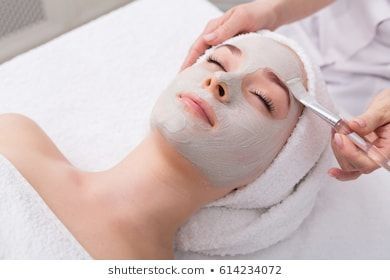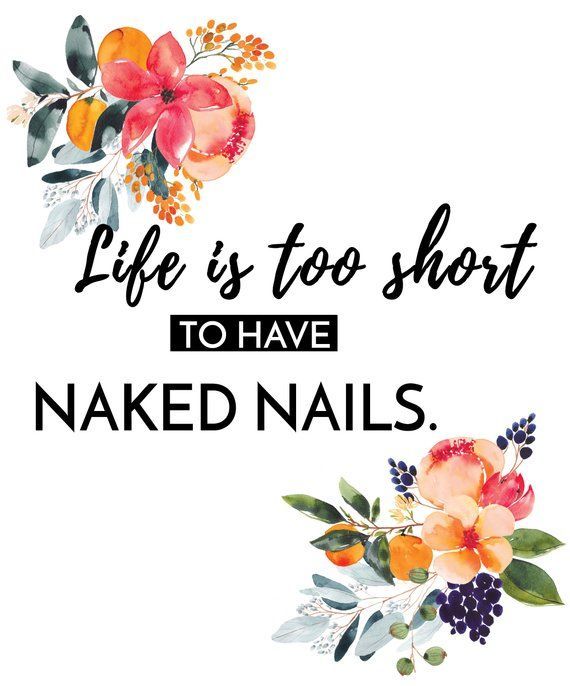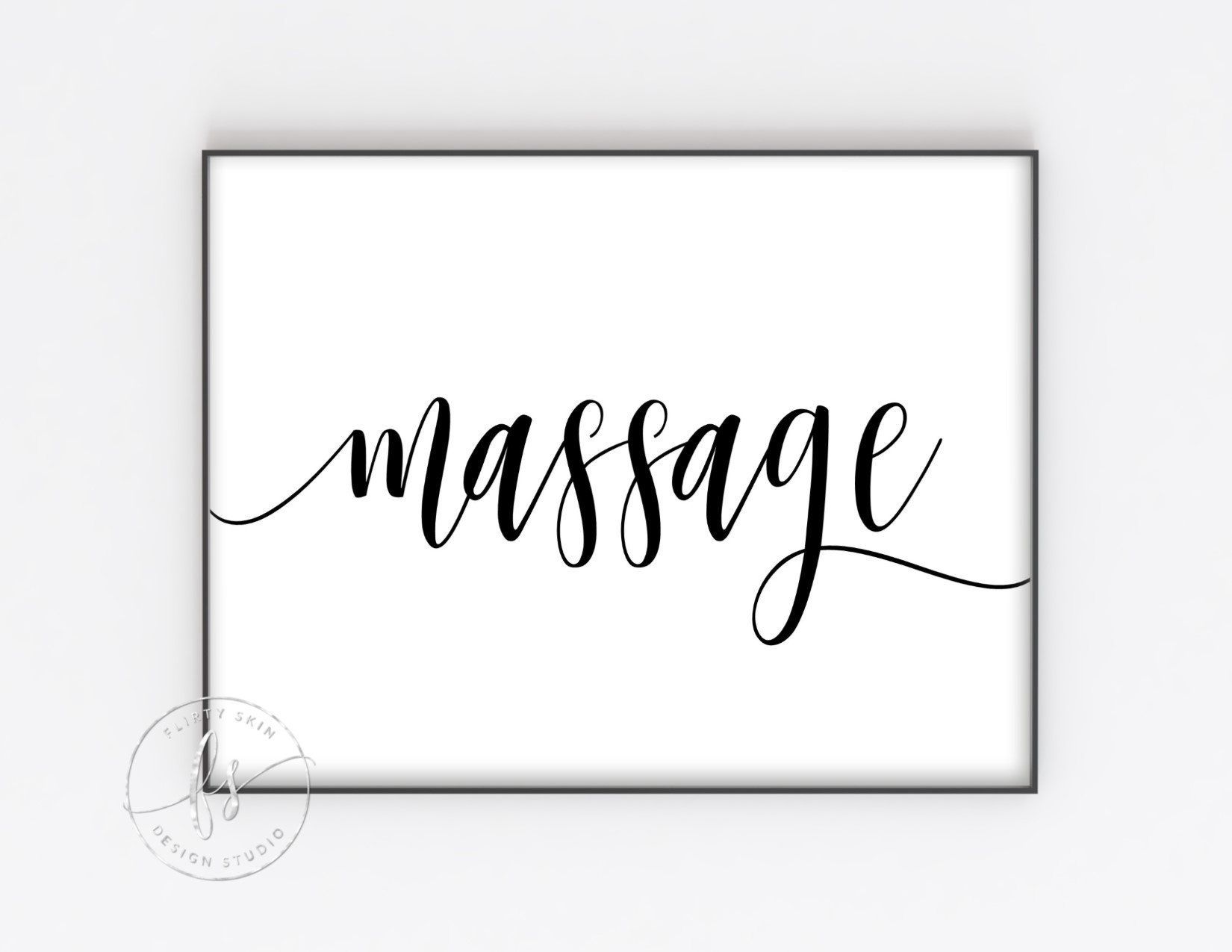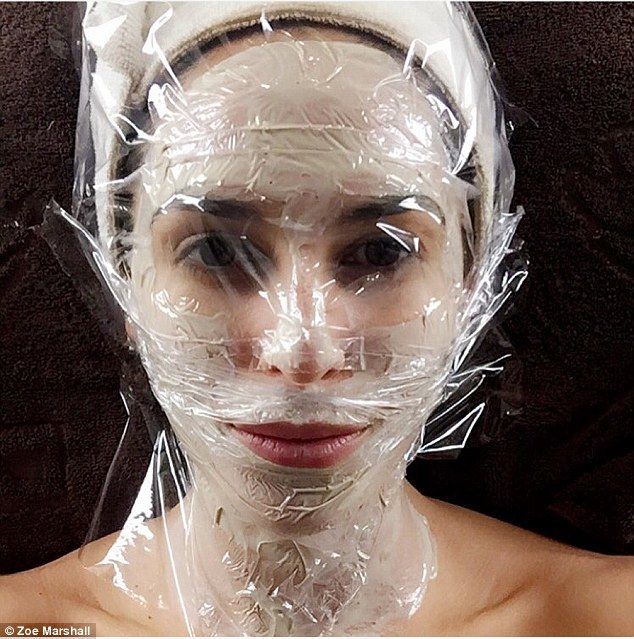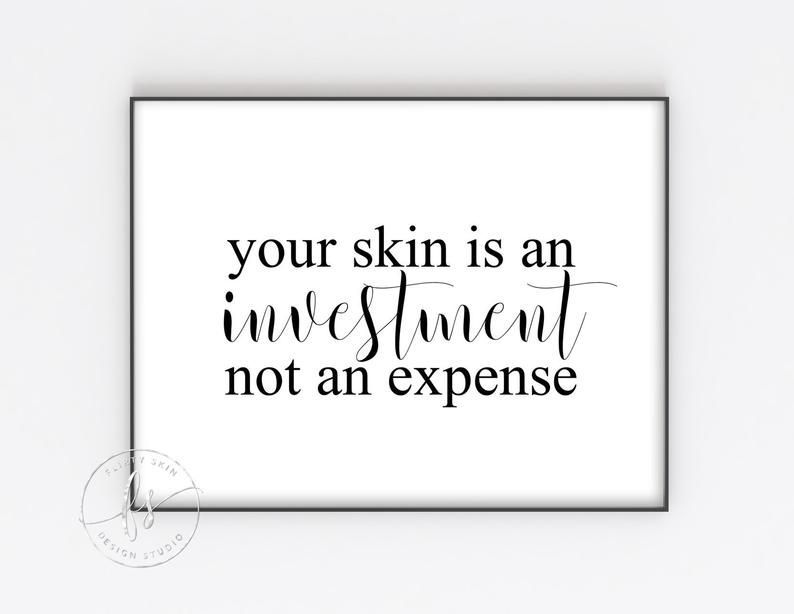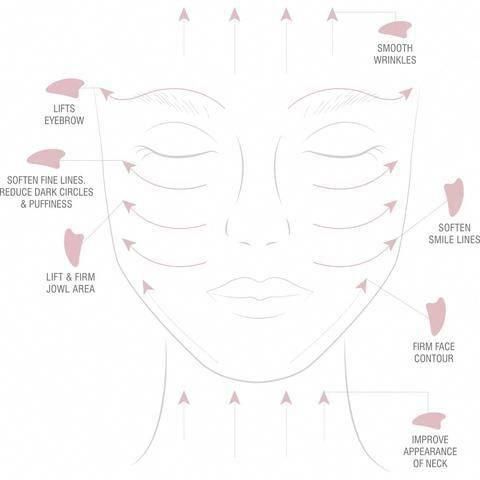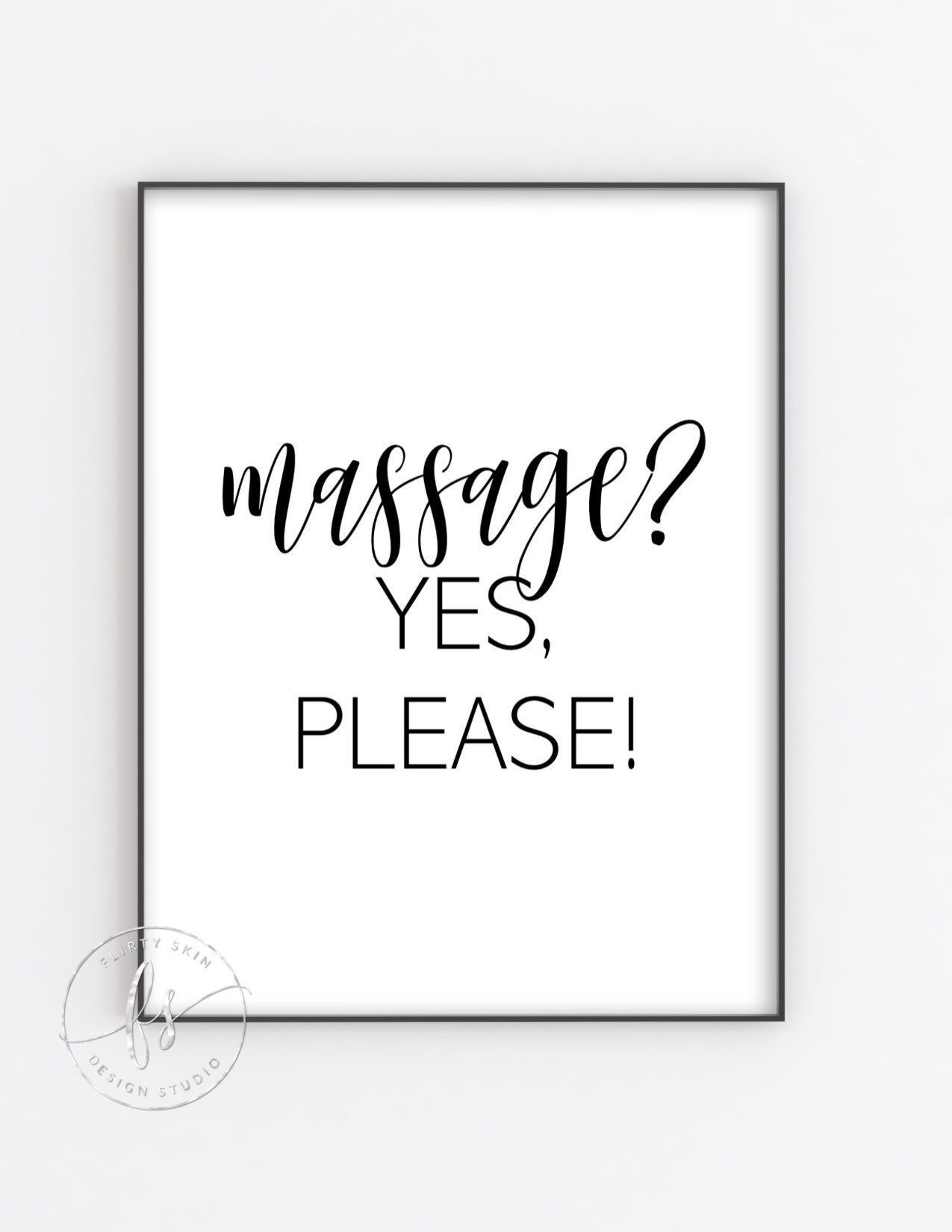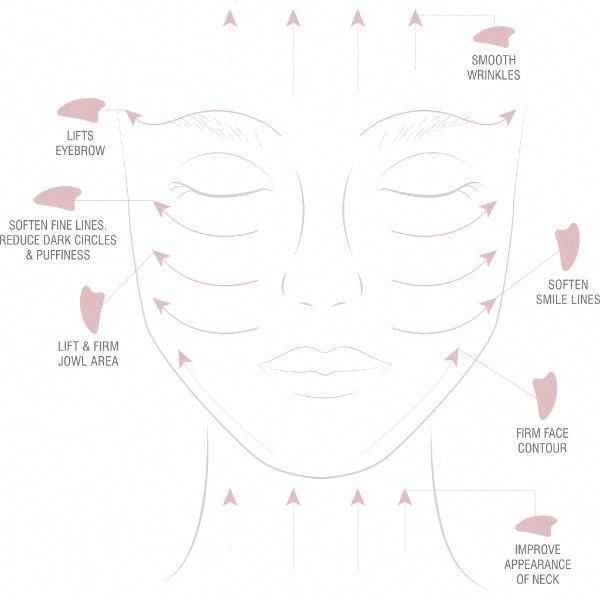14 beauty Therapy pictures ideas
Page 12 of 14
What To Know Before Booking A Wax Appointment » Fefe Monroe

via: fefemonroe.com
In Chicago, we typically only receive about three months of sun out of the year – three months of bare legs, sweaty underarms and small bikinis, when hair removal services becomes much more necessary. For most, the option of waxing tends to be viewed as a luxury, since hair removal isn’t as necessary ? of the year and many would rather purchase razors and creams from the local drugstore then spend double digits on a scheduled appointment. But waxing helps to not only remove hair more effectively, but it also helps to brighten the skin, prevents ingrown hair bumps and encourages cell turnover renewal, keeping skin smoother and more radiant for a longer time then regular shaving will. Before you make plans to book your waxing appointment, here are a few keys that will wow your Esthetician and ensures the least painful session possible. Setting the appointment If its your first time waxing your bikini area, its best to start focusing on the areas you absolutely desire to remove hair from. Don’t feel like you have to get everything removed at once. For instance, brazillian wax services removes all hair from front to back, which is usually a lot to handle for nervous novices. Don’t be afraid to start slow and work your way up – you can even ask to upgrade the service if you feel more comfortable later. If you are uncomfortable with nudity, you can keep your underwear on for a bikini line waxing (wear undies that you wouldn’t mind catching wax on) or ask if there will be paper panties or a towel to cover your area with. Also, mention if you would like a strip or triangle shape at the top of the session before its too late once the waxer begins. Wax types Wax products come in multiple varieties, but it usually breaks down into these two types – Hard and Soft. Soft wax is the most familiar, more commonly known as strip wax since it requires paper or muslin strips as an adhesive. Many businesses use soft wax because its stronger and covers larger areas easier – typically best for legs, back, and chest. Personally, I prefer only using soft wax on legs because my hair is thicker there and since soft wax touches closer to the skin, it connects and rips out stubborn hair with more force in one pull. I would never use soft wax on sensitive skin, because it tends to be more aggressive and can leave skin further irritated. In contrast, hard wax is the gentle giant. Because its made to focus on reaching the hair before the skin, the pull is a bit easier and safer for sensitive skin. Its also more flexible, making it perfect for curved areas such as brows and the bikini area. Hard wax doesn’t require strips. Its a peel off wax that cools down to form into its own strip and rips out hair along with it. There are plenty of Instagram accounts that showcase this wax, in various glistening colors and smoothed out applications. Along with knowing what wax service will work best for you, its also best to know what wax your Esty will be using during the service to help predict how the process will be performed. I have heard so many horror stories that stem from soft wax being performed on Brazilians, which hurt like hell because that wax is too strong for such a delicate area. Research the waxing service details prior to booking to help determine what will work best for your body to avoid experiencing traumatic situations, discouraging you from waxing ever again. Do and Don’ts For one, you want to arrive in looser or open clothing that doesn’t rub against the area you plan on waxing. For instance, no leggings if you are coming for a leg or bikini. You don’t want to create friction against freshly waxed skin. Many places accept clients on their menstrual cycle to receive bikini waxes, but please wear a tampon and carry wipes along with your to freshen up immediately before the service begins. Don’t shave three weeks or less prior to your wax appointment. Shaving and removal creams cuts hair at skin level, making the blunted ends tougher and more prone to breaking, allowing new skin to heal over the hair and resulting in ingrowns. Wax has to have hair long enough to grab, so short stubble only forces the product to work harder. You want the hair to be long enough to pinch. Pain level This tends to be the first question asked by my new clients before their first wax session – “Does it hurt?”. To be honest, yes but not as extreme as most exaggerate it to be. The pain comes from the hair being pulled from the pore, so the sting can be hard but it goes away pretty quickly. Eventually, as your hair grows softer and you become more familiar with the feeling, it does become easier to handle – but you have to be consistent. The first time tends to be the most painful, especially for frequent shavers or curly, stubborn hair clients. You can take a pain pill at least an hour prior, but drinking or smoking will just make you more aggravated since its dehydrating and doesn’t mask the pain level at all. Focus on breathing and ask the esthetician to apply pressure to the area after each pull to reduce the sensation. After care As an Esthetician, I will say this is the most important because the process doesn’t stop once you leave the waxing table. You have to practice proper skincare in order to ensure the hair growth cycle functions properly and that will insure easier waxing services in the future. Exfoliation is so important because it allows newer skin to push up faster and products have an easier time working into your body. I’m generally against scrubs, because its unnecessarily harsher versus serums that penetrate better, does not scrape the skin and hydrates as well. For tougher skin types, a gentle scrub is fine (usually ones with beads or softer sugar) but use as the shower steam builds in the beginning to get that good massage going while the pores are opening, then rinse and wash away. Serums with functioning ingredients are amazing, especially those with Glycolic or Salycylic acids (AHAs or BHAs). Find serum products built specifically for the area you plan to treat. Don’t you dare try to use a walnut scrub on your bikini area or a face serum too weak for your body. Ask your Esty what will work best (listen for quality, not bias opinions). Stay consistent with your skincare regimen and waxing appointments. Also, drink water regularly, moisturize and apply sunscreen especially because you are exfoliating, which exposes your fresh skin to UV rays. Now that you have the keys, enjoy this infographic to share with others. Let me know how it goes at your next wax appointment and if you want to read more about aftercare, different types of hair removal services or anything else below. Stay smooth! пёЏ
